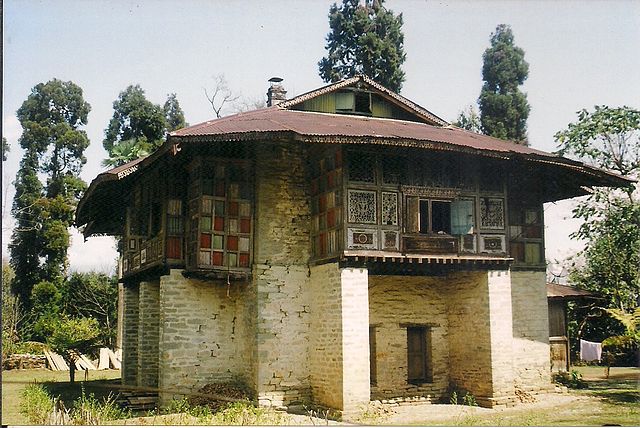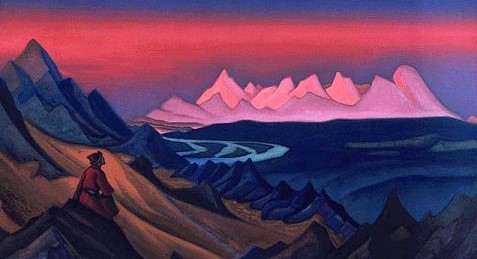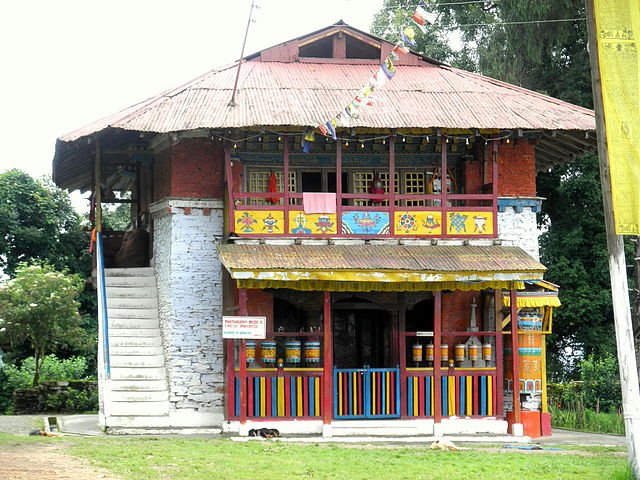Many articles are published every week to serve the needs of travelers whose sense of adventure is limited to hotel and ship-board luxuries. Some publications, however, are worth careful study by travelers who want to learn about interesting societies and cultures.

On December 14, Outlook India, a weekly news magazine from New Delhi, published the latter type of travel piece—a brief guide to a remote Lepcha community in the mountains of Sikkim. Rinchenpong, a small village about 30 miles west of the state capital in Gangtok, offers more than just spectacular views of Kanchenjunga and the other Himalayan peaks to the west and northwest.
The travel writer, Uttara Gangopadhyay, stayed on the edge of the village in a farmhouse that was built in1833 and remodeled in 1966 into a luxurious homestay facility. She enjoyed the views of pine forests mixed with various deciduous trees, the understory of rhododendrons, and the fields of cash and food crops.

Right after breakfast, she walked through the village bazaar and then trekked up a steep road through a forest to the Resum Monastery. The Russian artist Nicholas Roerich visited the place in 1924 and painted the snowclad peaks from the spot.
As the visitor climbed toward the monastery, she went past Poison Lake, an algae-covered pond located in a grove of trees. The body of water is so named because the Lepchas living in the community, according to the stories, poisoned the water in 1860 to stop the advance of the British army. It was the only source of drinking water. The British retreated when their soldiers began dying.

The author’s trek uphill ended at the Rinchenpong Monastery. It was founded in 1730 by Lama Sangdag Dorje and updated by Lama Rigdzin Thinlay Gyatso, a native of Rinchenpong village. The monastery has a residential school for monks.
The most enjoyable feature for her was the peace and quiet. The silence was broken occasionally by the calls of birds and the wind blowing through the nearby trees. She felt shielded from the surrounding world as she watched the sun shining on Mt. Kanchenjunga and other peaks nearby.